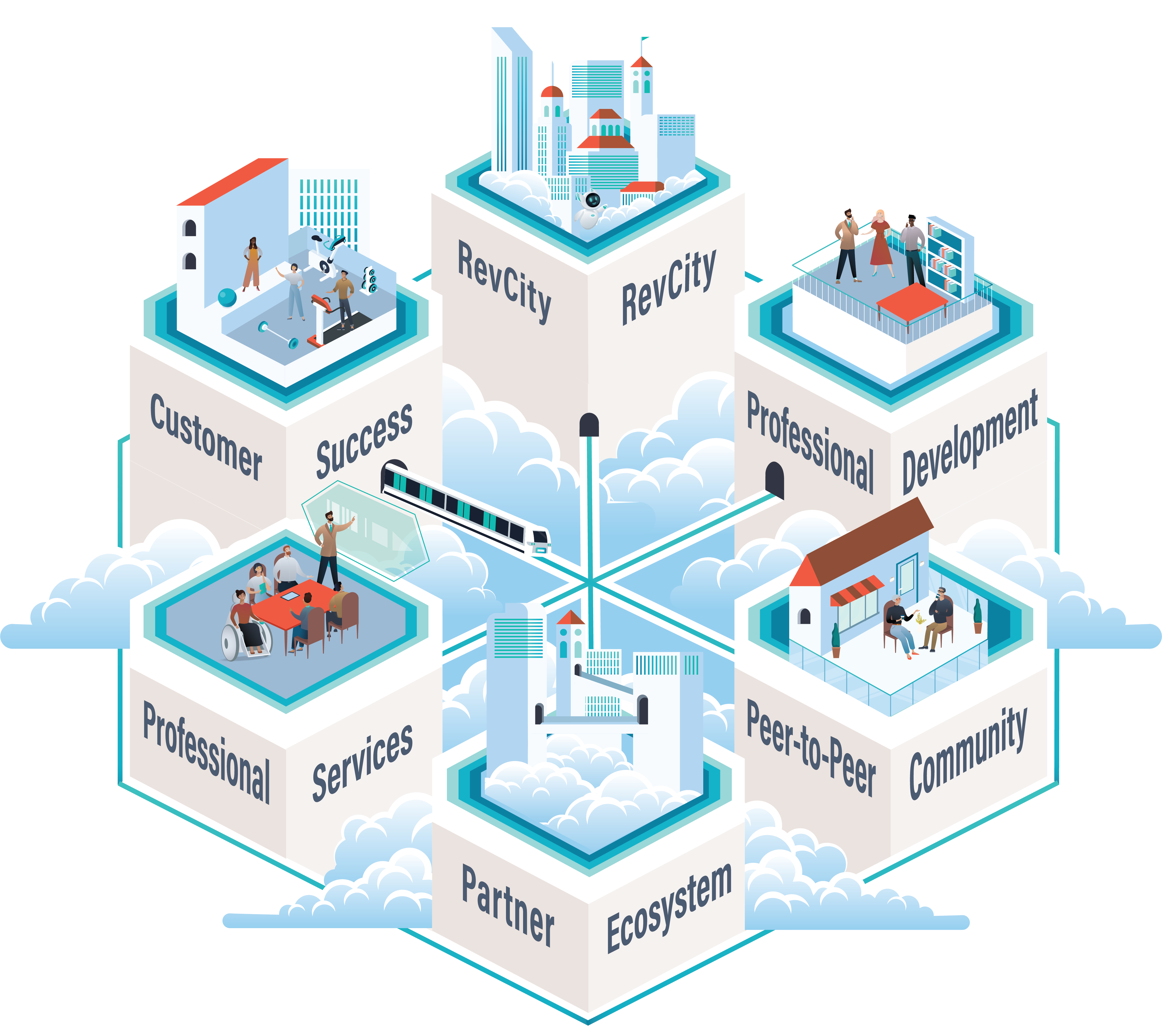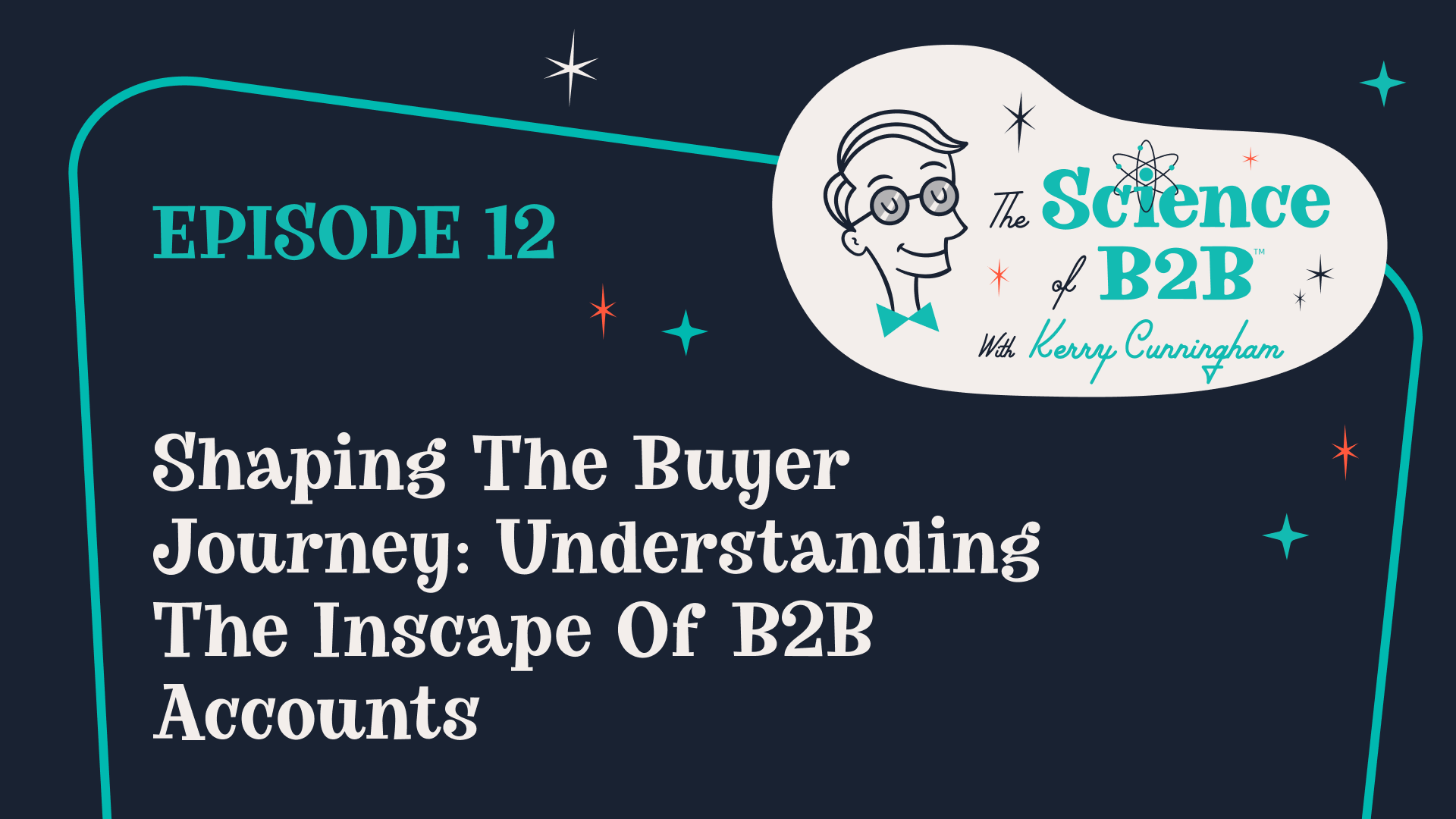About the Session
In this episode of Science of B2B, Kerry Cunningham introduces the concept of “inscape” — a term coined by poet Gerard Manley Hopkins—to describe the internal structure – or landscape — of B2B buying processes. Kerry explains how AI and intent data can uncover the inscape — patterns behind buying behavior — enabling marketers and sales teams to prioritize budgets and efforts more effectively. The episode focuses on identifying accounts that are truly in-market and ensuring resources are allocated to maximize impact.
Topics Covered
Topic 1: The Buying Process as an Inscape.
Kerry draws an analogy between B2B buying journeys and the internal structure of natural systems, emphasizing how each buying process has a distinct but predictable shape.
Topic 2: Using Intent Data to Map Buying Journeys.
By analyzing historical buying behaviors, marketers can use AI to detect patterns that indicate whether an account is early, mid, or late in its buying process.
Topic 3: Prioritizing Budgets Based on Market Readiness.
Kerry explains how identifying accounts in-market allows businesses to focus resources where they are most likely to yield results, avoiding wasted spend on accounts that aren’t ready to buy.
Topic 4: The Competitive Advantage of Intent Models.
Businesses that adopt AI-driven intent models gain a strategic edge by aligning marketing and sales activities with the accounts most likely to convert.
Takeaways
Takeaway 1: Map the Inscape of Buying Behavior.
Analyze past buying journeys to identify patterns that signal when an account is in-market. Use AI models to forecast and prioritize account engagement based on these insights.
Takeaway 2: Target High-Potential Accounts Proactively.
Invest time and resources into accounts that show clear buying signals. Provide personalized content, event invitations, and access to subject matter experts before formal engagement begins.
Takeaway 3: Shift from Broad Campaigns to Precision Marketing.
Focus budgets on accounts demonstrating intent instead of spreading resources thinly across all prospects. Use intent data to prioritize accounts where signals are strongest.
Takeaway 4: Act Before Competitors Do.
Companies already leveraging intent data and AI models have a head start. Adopting these practices now can provide a competitive advantage before they become industry standards.
Insights Surfaced
- Buying Processes Have Patterns: Each buying journey is unique, but patterns emerge when viewing multiple journeys. Understanding these patterns allows businesses to predict behavior and focus efforts strategically.
- Market Readiness Varies: Out of 1,000 accounts, only 50-100 may be actively in-market at any given time. Identifying those accounts enables smarter marketing and sales investment.
- AI Makes Precision Possible: AI-driven models build a clear view of buying journeys, enabling organizations to align tactics with buying readiness and outperform competitors still using traditional approaches.
Key Quotes
“Knowing the inscape of a buying journey lets you shift from guessing who’s in-market to knowing—and that changes everything about how you allocate budgets, target accounts, and deliver value.”
Future Topics
In the next episode, Kerry will continue to explore how AI and intent data can refine marketing and sales strategies. He’ll focus on building frameworks for measuring success and using insights from intent models to optimize performance over time.
 Skip to content
Skip to content



